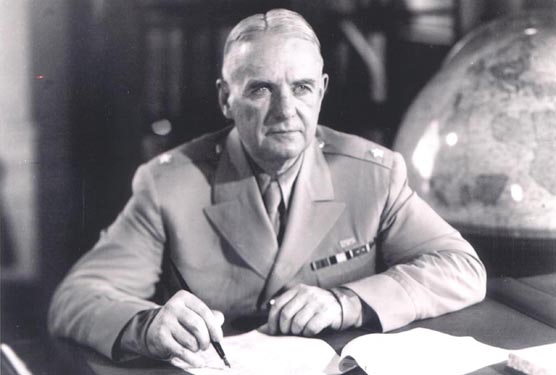
CAPA presents The Last Witnesses – Revealing The Truth Symposium
The symposium will also be streamed LIVE.
Full speaker list, schedule, streaming details and ticket purchase information to be released soon at our website: https://capa-us.org or at our Facebook Event page. Submit questions at our website’s “Contact” page.
Ticket Prices:
Full Day Non-CAPA Members: $75
Full Day CAPA Members: $50
Evening Hours Only (6-9pm): $25
Streaming Full Day Non-CAPA Members: $39.99
Streaming Full Day CAPA Members: $19.99

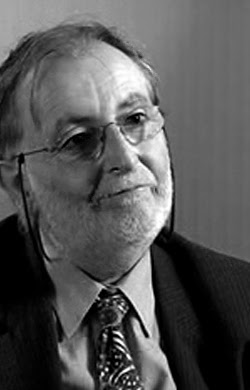 Both the Church Committee* and the House Select Committee on Assassinations gained access to the CIA Office of Security files of Lee Harvey Oswald. In 1993, despite a directive from CIA Director Robert Gates seeking an all-encompassing search of ALL CIA components for ANY material/records relevant to the assassination of President Kennedy, the Oswald OS files remained hidden. This huge search by CIA did not surface Oswald’s security files and the Assassination Records Review Board remained uninformed about their existence. Not until 1997 when an ARRB staffer stumbled across evidence that two previous congressional investigations had access to these files did CIA “discover” them. CIA told the ARRB that the reason the Oswald security files were not previously located was because those records were not at the Agency Archival Record Center in Alexandria, VA; they were in fact at CIA HQS in Langley within Office of Security Archival Holdings. How were they missed in the Gates search of 1993?
Both the Church Committee* and the House Select Committee on Assassinations gained access to the CIA Office of Security files of Lee Harvey Oswald. In 1993, despite a directive from CIA Director Robert Gates seeking an all-encompassing search of ALL CIA components for ANY material/records relevant to the assassination of President Kennedy, the Oswald OS files remained hidden. This huge search by CIA did not surface Oswald’s security files and the Assassination Records Review Board remained uninformed about their existence. Not until 1997 when an ARRB staffer stumbled across evidence that two previous congressional investigations had access to these files did CIA “discover” them. CIA told the ARRB that the reason the Oswald security files were not previously located was because those records were not at the Agency Archival Record Center in Alexandria, VA; they were in fact at CIA HQS in Langley within Office of Security Archival Holdings. How were they missed in the Gates search of 1993?









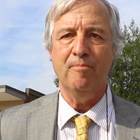
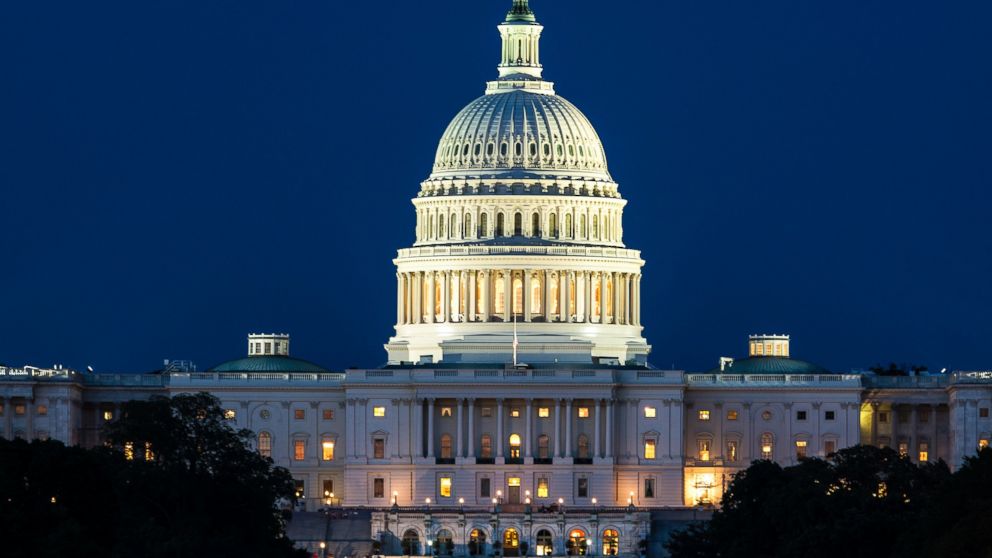
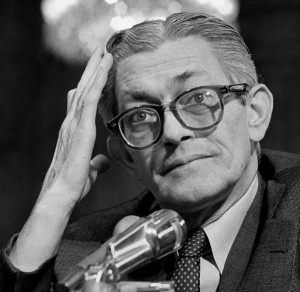
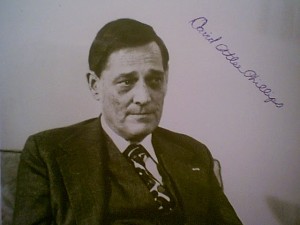

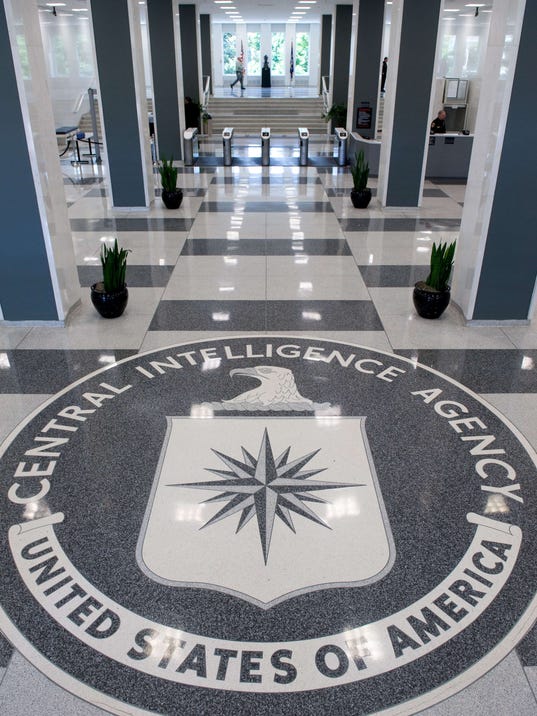 There has been no explanation, let alone a presidential certification, that the massive redactions in these “released in full” documents meet any of the mandatory exemptions that allow withholding. No identifiable harm is specified. No rationale is given as to why the secrets protected outweigh the public interest in disclosure. These files are not in compliance with the law no matter what the main stream media says. They are an in-your-face flipped bird to the American public. They basically tell us that the CIA is saying that they don’t have to comply with the law of the land and that they will not tell us their secrets and that there is nothing we can do about it. I’ve been here before. It was in a small room in CIA Headquarters in late 1978. I had been fighting to see a file generated by the CIA debriefing of Johnny Roselli. Scott Breckinridge and George Joannides had just handed me a highly redacted file that violated the HSCA/CIA Memorandum of Understanding mandating unexpurgated access by HSCA to CIA files. They stood by, grinning, as they watched my reaction upon opening the file to find it largely expurgated. They were grinning so hard because they knew they had waited out the HSCA and there was nothing I could do about it. The Angleton strategy still worked. It is still working today.
There has been no explanation, let alone a presidential certification, that the massive redactions in these “released in full” documents meet any of the mandatory exemptions that allow withholding. No identifiable harm is specified. No rationale is given as to why the secrets protected outweigh the public interest in disclosure. These files are not in compliance with the law no matter what the main stream media says. They are an in-your-face flipped bird to the American public. They basically tell us that the CIA is saying that they don’t have to comply with the law of the land and that they will not tell us their secrets and that there is nothing we can do about it. I’ve been here before. It was in a small room in CIA Headquarters in late 1978. I had been fighting to see a file generated by the CIA debriefing of Johnny Roselli. Scott Breckinridge and George Joannides had just handed me a highly redacted file that violated the HSCA/CIA Memorandum of Understanding mandating unexpurgated access by HSCA to CIA files. They stood by, grinning, as they watched my reaction upon opening the file to find it largely expurgated. They were grinning so hard because they knew they had waited out the HSCA and there was nothing I could do about it. The Angleton strategy still worked. It is still working today.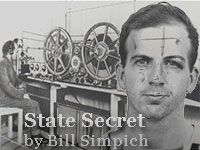
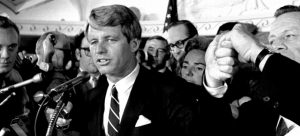
 t was 1968.
t was 1968.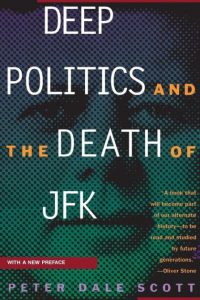
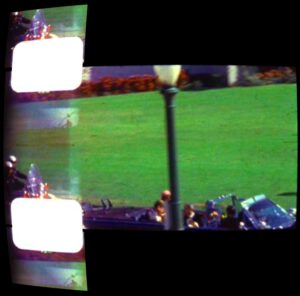
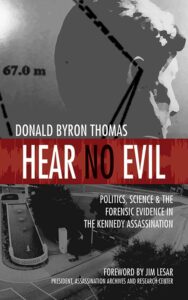
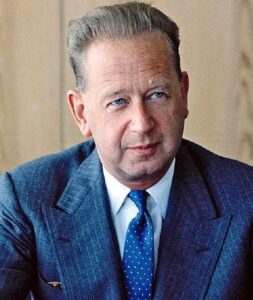
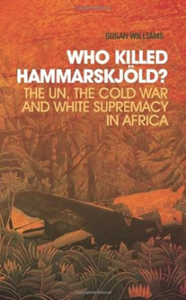

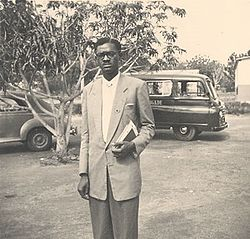
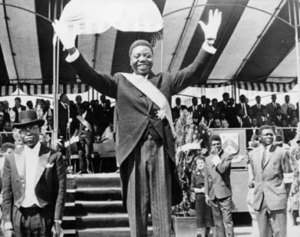

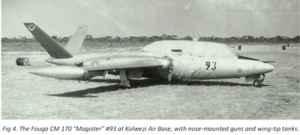
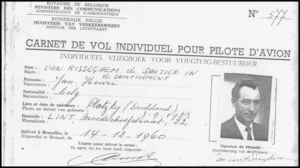
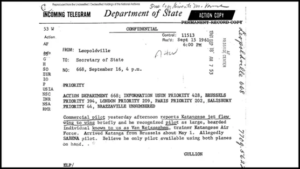
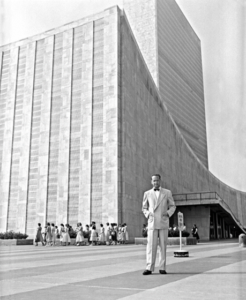
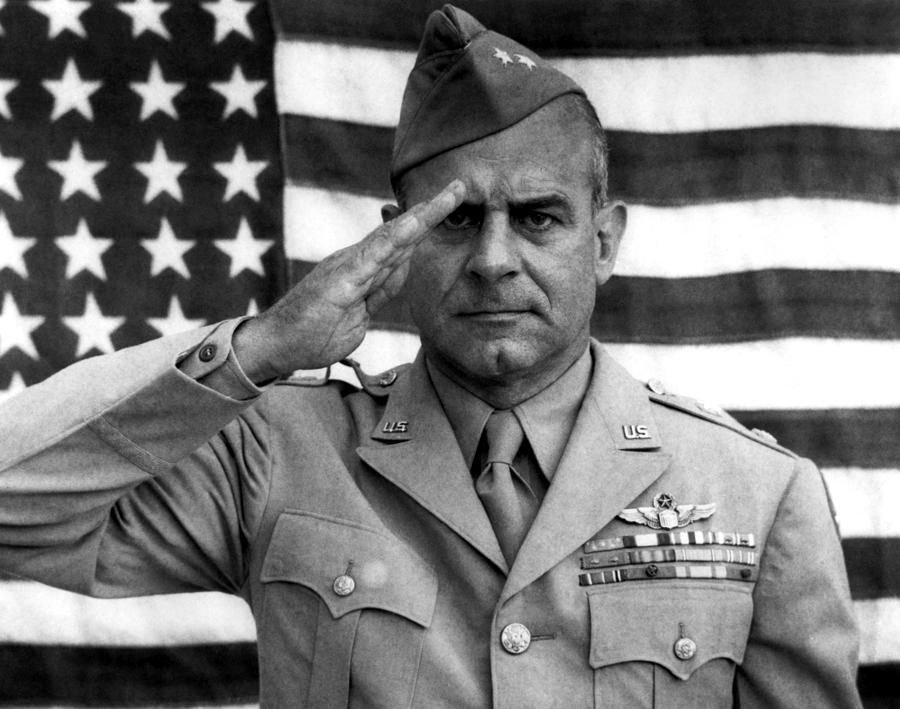
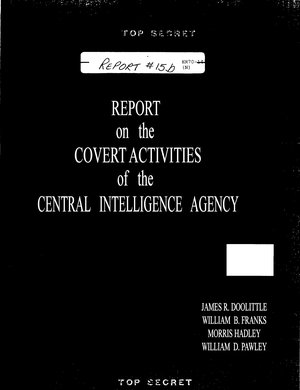 The AARC is currently seeking the full and unredacted release of the following report which helped to establish the foundation for subsequent abuses of power and intervention through often illegal covert actions by U.S. intelligence agencies throughout the Cold War and beyond. This official report opened the door for “hitherto acceptable norms of human conduct…” such as not engaging in political assassinations, to be accepted as no longer applicable to the United States of America in its opposition to international communism.
The AARC is currently seeking the full and unredacted release of the following report which helped to establish the foundation for subsequent abuses of power and intervention through often illegal covert actions by U.S. intelligence agencies throughout the Cold War and beyond. This official report opened the door for “hitherto acceptable norms of human conduct…” such as not engaging in political assassinations, to be accepted as no longer applicable to the United States of America in its opposition to international communism.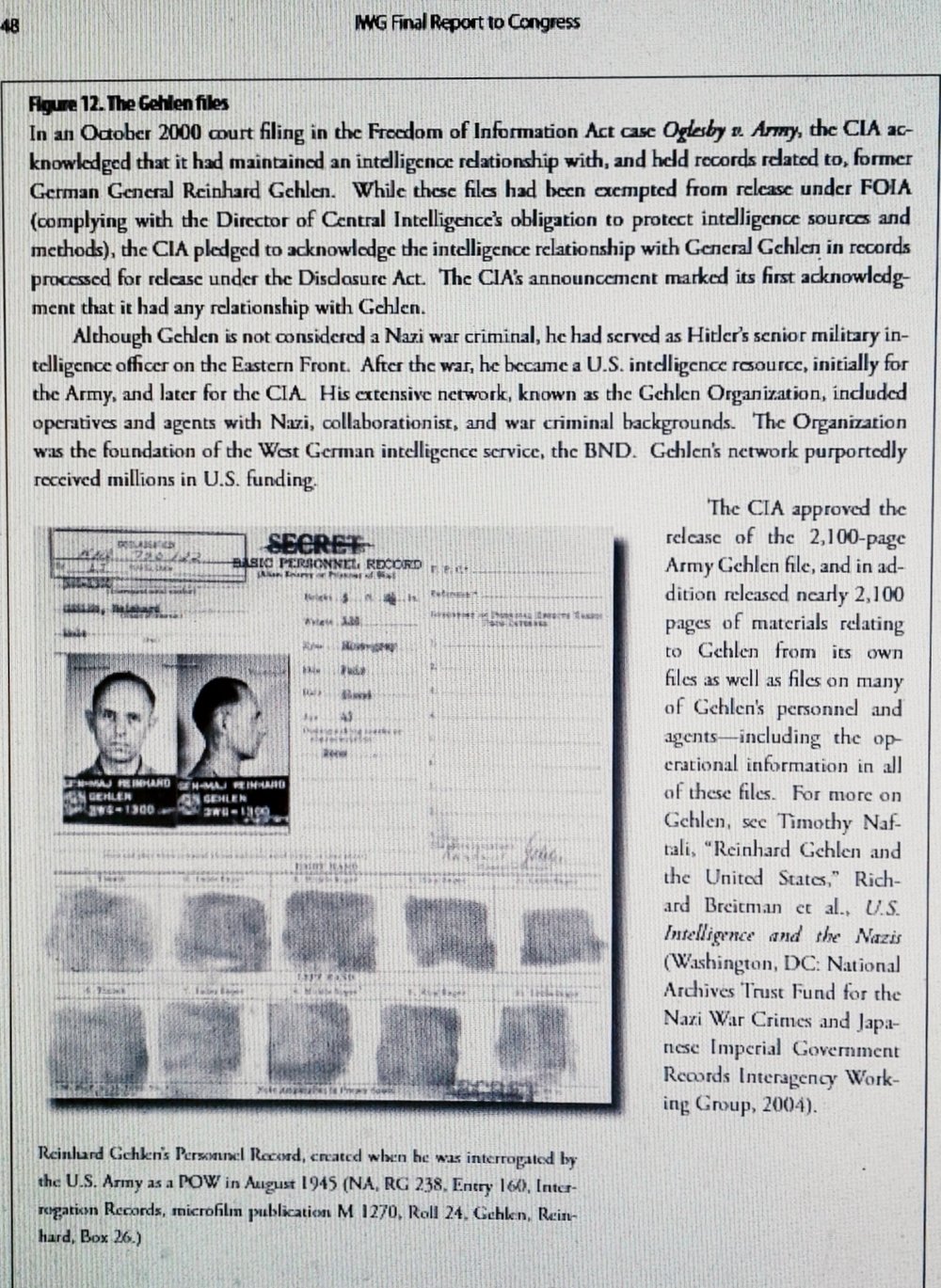
 This final element of the Odessa was the so-called Gehlen Organization (the Org), the Nazi intelligence system that sold itself to the U.S. at the end of the war. It was by far the most audacious, most critical, and most essential part of the entire Odessa undertaking. The literature on the Odessa and that on the Gehlen Organization, however, are two different things. No writer in the field Of Nazi studies has yet explicitly associated the two, despite the fact that General Reinhard Gehlen was tied politically as well as personally with Skorzeny and Schacht. Moreover, Gehlen’s fabled post-war organization was in large part staffed by SS Nazis who are positively identified with the Odessa, men such as the infamous Franz Alfred Six and Emil Augsburg of the Wannsee Institute. An even more compelling reason for associating Gehlen with the Odessa is that, without his organization as a screen, the various Odessa projects would have been directly exposed to American intelligence. If the Counter Intelligence Corps (CIC) and the Office of Strategic Services (OSS) had not been neutralized by the Gehlen ploy, the Odessa’s great escape scheme would have been discovered and broken up.
This final element of the Odessa was the so-called Gehlen Organization (the Org), the Nazi intelligence system that sold itself to the U.S. at the end of the war. It was by far the most audacious, most critical, and most essential part of the entire Odessa undertaking. The literature on the Odessa and that on the Gehlen Organization, however, are two different things. No writer in the field Of Nazi studies has yet explicitly associated the two, despite the fact that General Reinhard Gehlen was tied politically as well as personally with Skorzeny and Schacht. Moreover, Gehlen’s fabled post-war organization was in large part staffed by SS Nazis who are positively identified with the Odessa, men such as the infamous Franz Alfred Six and Emil Augsburg of the Wannsee Institute. An even more compelling reason for associating Gehlen with the Odessa is that, without his organization as a screen, the various Odessa projects would have been directly exposed to American intelligence. If the Counter Intelligence Corps (CIC) and the Office of Strategic Services (OSS) had not been neutralized by the Gehlen ploy, the Odessa’s great escape scheme would have been discovered and broken up.